Move over, matcha—there’s another green tea in town with a ton of health benefits. Hojicha is a mellow Japanese tea with less caffeine and a toasted and nutty flavor, reminiscent of coffee. It brings many of the same benefits as other green teas, with a few quirks of its own. Here are nine reasons why you’ll love hojicha, even if you’ve never heard of it.
1. Offers a smooth, mellow taste

This tea has a slightly sweet, smoky taste and a darker brown hue in the cup rather than green. Tea leaves are steamed and then roasted, reducing tannins in the tea and producing a less bitter and astringent drink. These qualities make it delicious to drink on its own or in other beverages like lattes.
2. Brews up easily
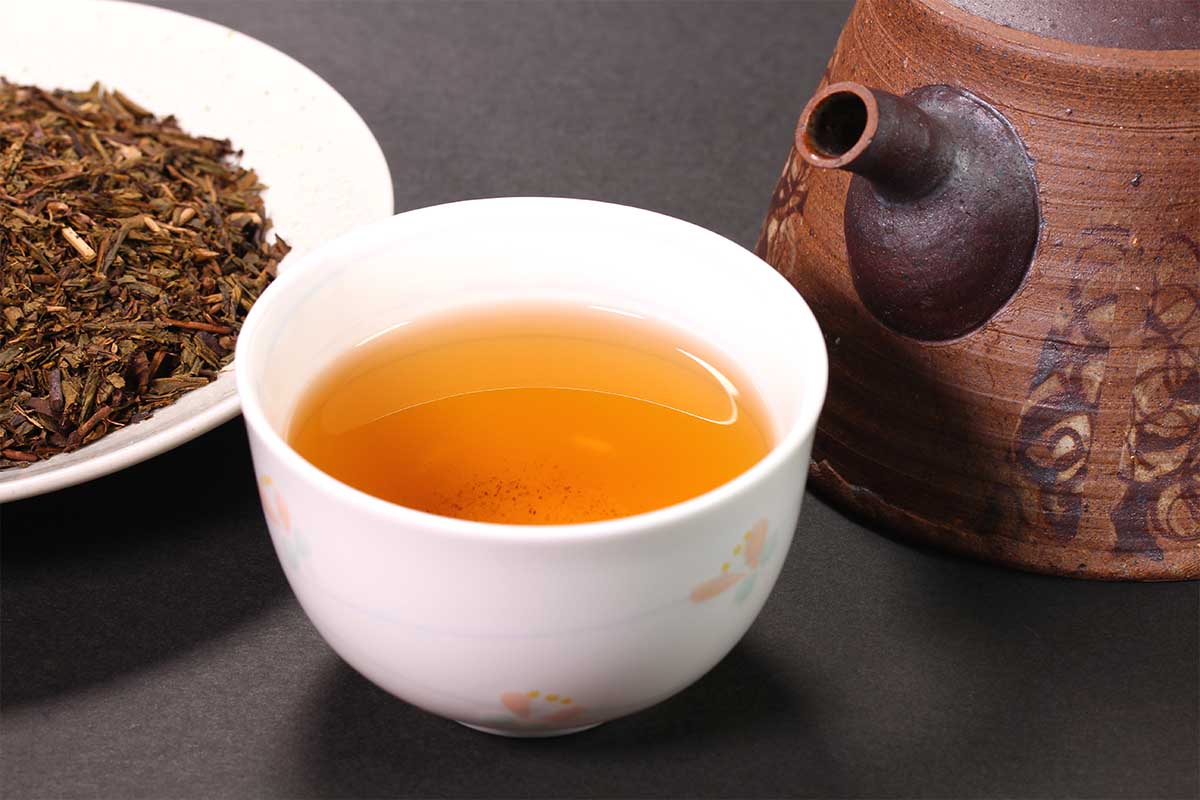
Not only is this fragrant tea tasty to drink, but it’s also simple to brew! For one to two servings, use 1 Tbsp of tea. Add boiling water (there’s no need to use a precise water temperature like more delicate teas) and steep for 30 seconds. You can also enjoy the same pot of tea over multiple brewings—just discard the leaves when the flavor becomes too weak.
[callout]
For cold-brewed or mizudashi-style hojicha, add 3 Tbsp of dried tea to 3 cups of water, refrigerate, and steep for six to eight hours.
[/callout]
3. Helps prevent food waste
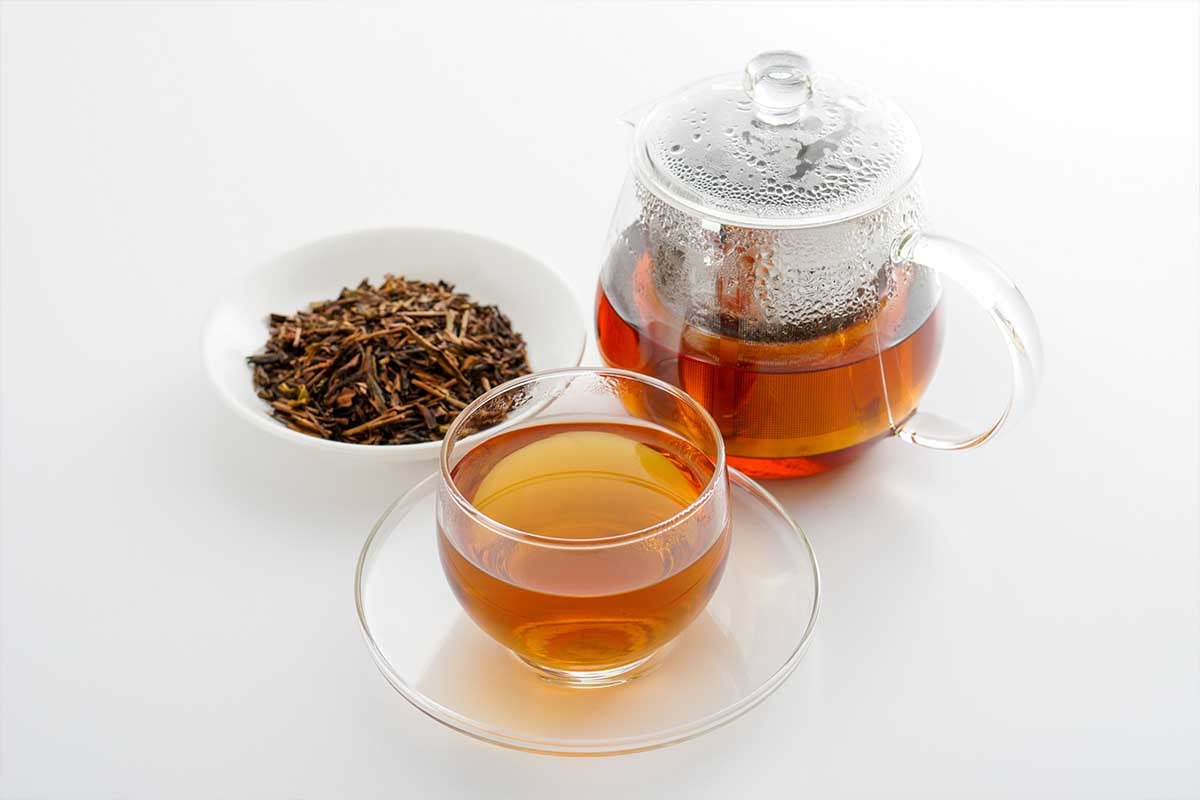
Hojicha originated in the 1920s near Kyoto. Industrialization had arrived, and the tea industry was transitioning from hand-picking to machine-picking. The new method created a mess, with mixed bits of leftover leaves and stems scattered after picking: the idea of hojicha was born as a way to use these discards. These days, the tea is also made from large leaves and stems.
4. Broadens your tea horizons
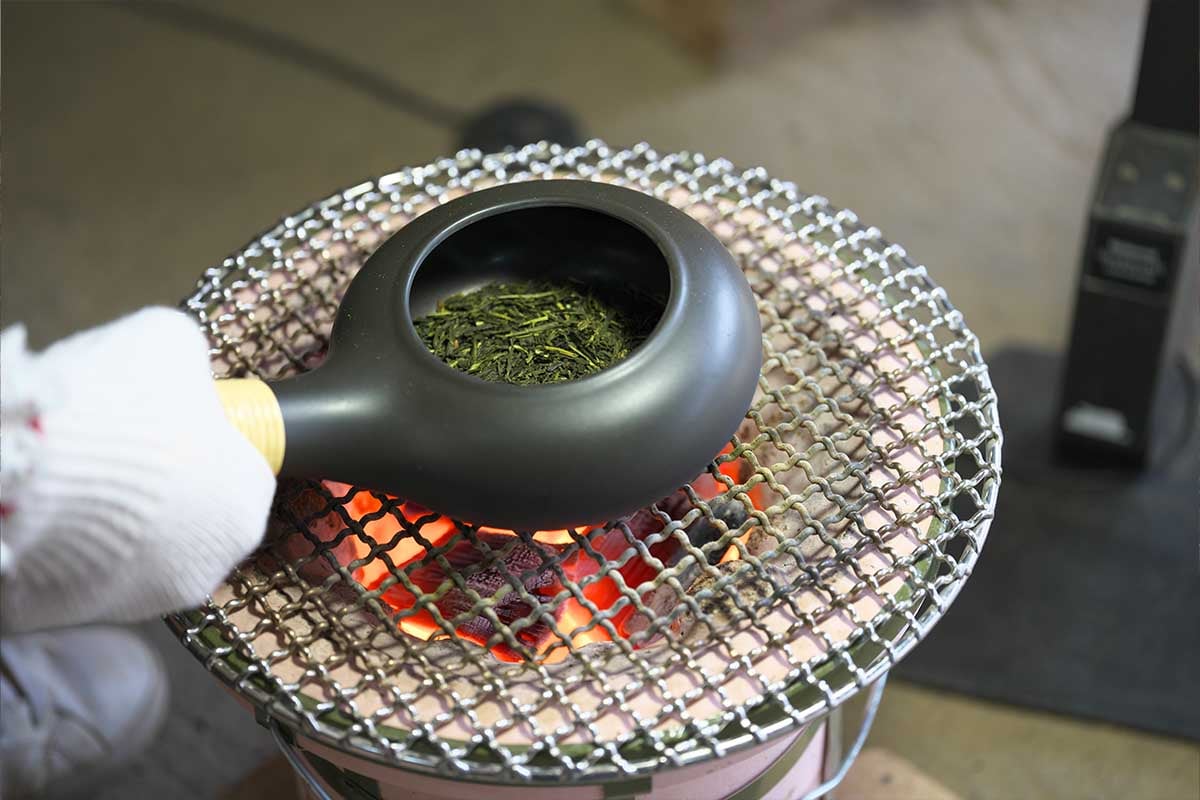
There are three main types of Japanese tea, mainly differentiated by the leaves they are derived from.
● Bancha is made from large, sometimes fibrous leaves.
● Sencha is made from steamed green tea leaves.
● Matcha is a powdered tea made from the newest, greenest shade-grown leaves.
Hojicha is a type of bancha where the leaves are roasted after being steamed, while sencha is made by steaming, rolling, and drying tea leaves. Traditionally, hojicha is roasted in a porcelain pot over charcoal. If you’re interested in the benefits of other types of green tea, try genmaicha (roasted tea with rice) or gyokuro (tender whole-leaf tea with a delicate yellow hue).
5. Contains less caffeine
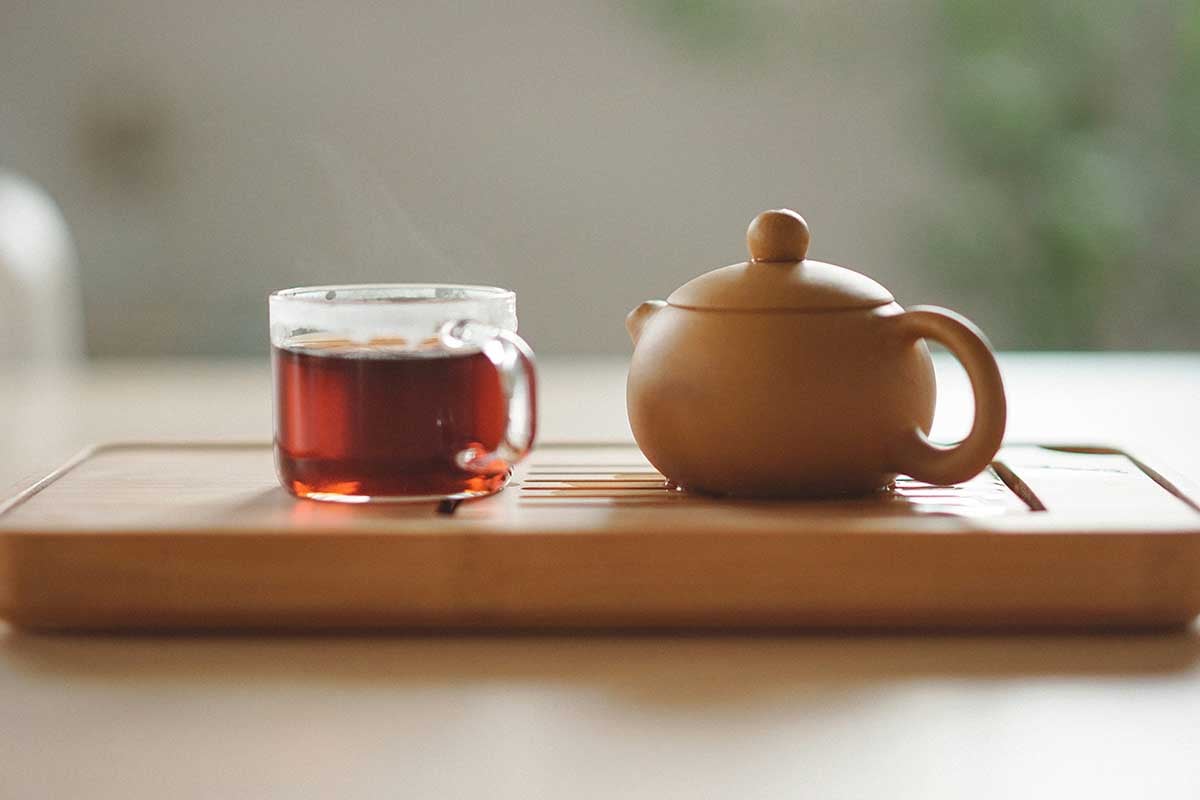
Hojicha contains less caffeine than other types of green tea, like sencha or matcha. On average, a cup of green tea has 30 to 50 mg of caffeine. Hojicha, however, has just under 8 mg of caffeine per cup, making it a popular tea for any time of day. Say goodbye to the post-tea jitters!
6. Protects against cavities

While all green tea contains polyphenols, which can help fight bacteria in the mouth, roasted green tea, in particular, has distinct polyphenols that are being studied for their ability to prevent dental cavities. In Japanese culture, sweets are often paired with green tea, so a cup of hojicha with your favorite treat may just be the perfect balance!
7. Improves immunity and sleep
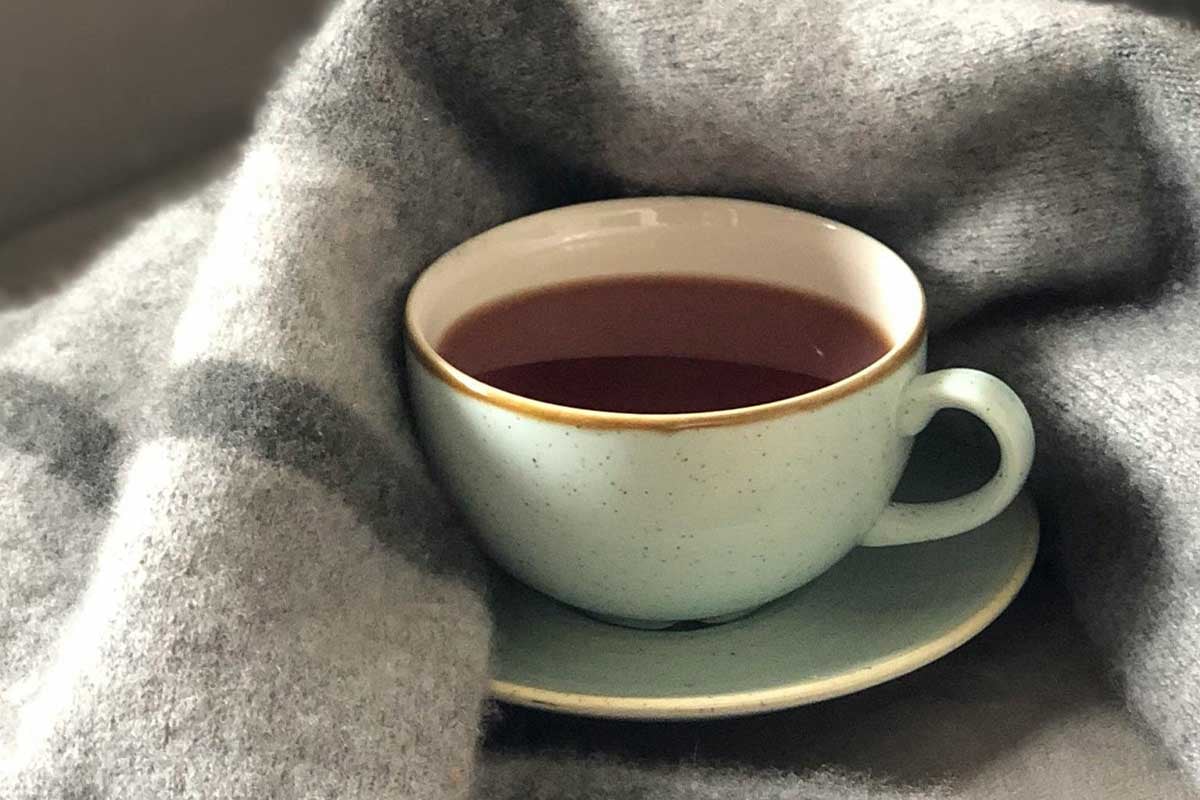
L-theanine, an amino acid found in many green teas like hojicha, has been shown to improve immunity, preventing colds and the flu. This amino acid is also being studied for its effect on inflammation and tumors.
L-theanine has also been shown to improve sleep. Other green teas also provide L-theanine, but the extra caffeine they include may prove counterproductive when drinking as a sleep aid.
8. Enhances satiety
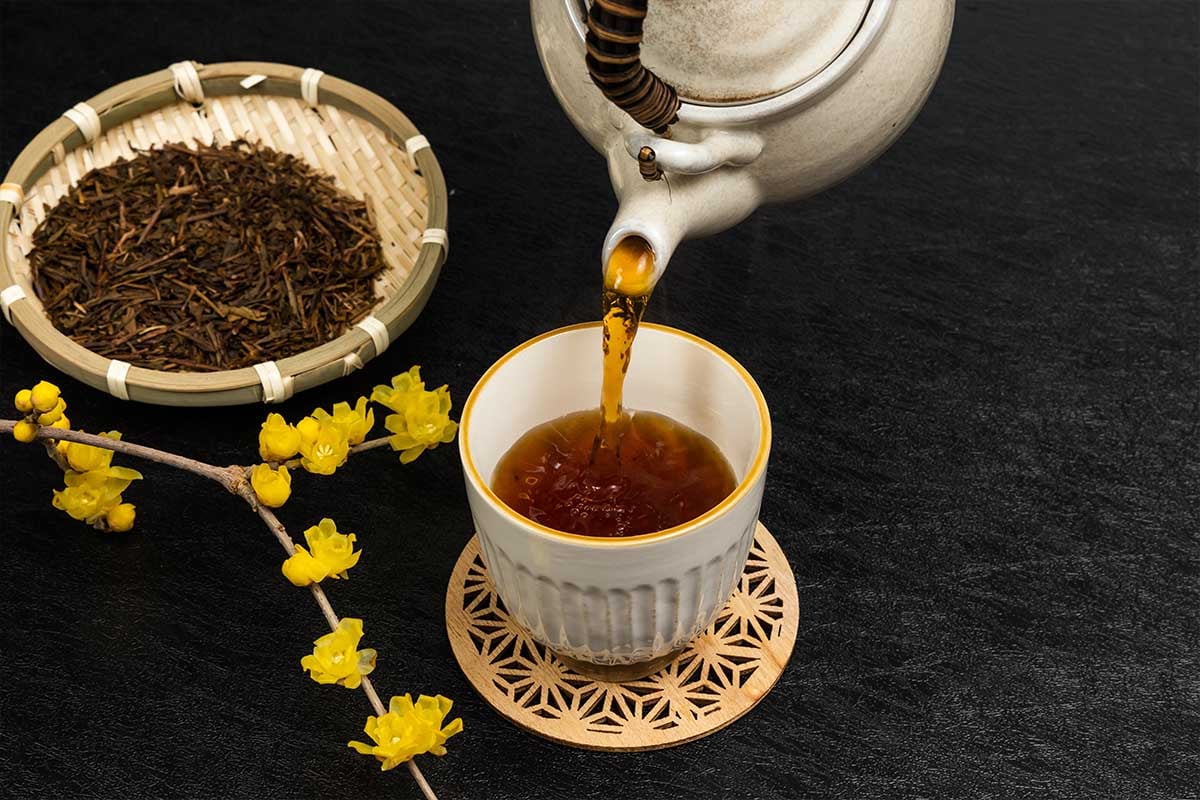
Plant extracts found in green tea can increase satiety, leaving you more satisfied between meals. That’s why it’s a common practice to drink teas like hojicha with a meal or afterward to aid digestion. There’s even a common saying in Japanese, “hara hachi bu,” which reminds people to eat only until 80 percent full. Try a small cup of tea after lunch or dinner as a nice way to end your meal.
9. Pairs well with a sweet treat
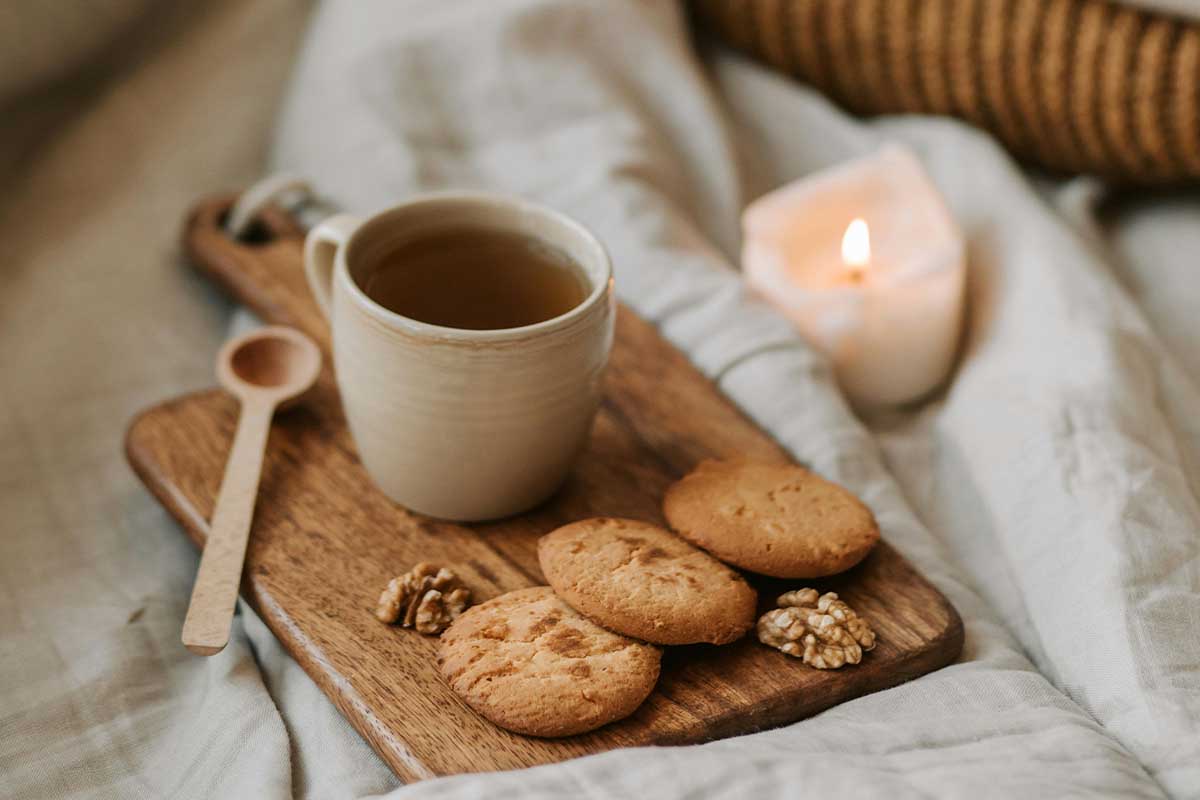
The slightly sweet and smoky taste of hojicha has been added to lattes, soft serve ice cream, and shortbread cookies with delicious results. Japanese food companies often combine hojicha with chestnut, red beans, or other strong flavors that conjure up feelings of warmth and coziness. Try it out as a replacement for matcha or Earl Grey in baking for a fresh twist on a classic flavor.


